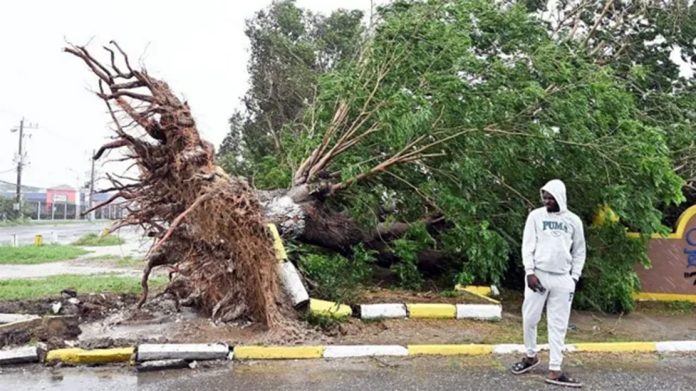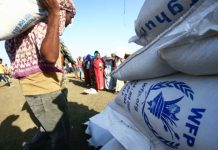The true extent of Hurricane Melissa is still being revealed in Jamaica. Without power or phone coverage, much of the country is isolated and so information is trickling through.
Three-quarters of the country had no electricity overnight, while the numbers of people injured – or perhaps dead – haven’t even begun to be counted.
Many parts of Jamaica’s western side are under water, with homes destroyed by strong winds after the hurricane tore across the island with catastrophic force.
As wind and rain lashed through the night, one local official said the destruction resembled “the scene of an apocalypse movie.”
With communications crippled, the true scale of the disaster remains unknown. Prime Minister Andrew Holness declared the island a “disaster area” late Tuesday, warning of “devastating impacts” and “significant damage” to hospitals, homes and businesses.
Although no deaths have yet been confirmed, Montego Bay’s mayor Richard Vernon told the BBC his first task at daybreak would be “to check if everybody is alive.”
Hurricane Melissa, the strongest storm to strike Jamaica in modern history, barrelled across the country on Tuesday, leaving behind a trail of ruin.
At its peak, the hurricane sustained winds of 298 km/h (185 mph) – stronger than Hurricane Katrina, which devastated New Orleans in 2005 and killed 1,392 people.
Stories of devastation are coming out – people have shared clips of roads that became rivers, mudslides on the hills, roofs being ripped from buildings and palm trees tossed like tooth picks.
“It resembled the scene of an apocalypse movie”, an MP in western Jamaica told Kingston-based journalist Kimone Francis of The Jamaica Gleaner.
Credit: bbc.com









